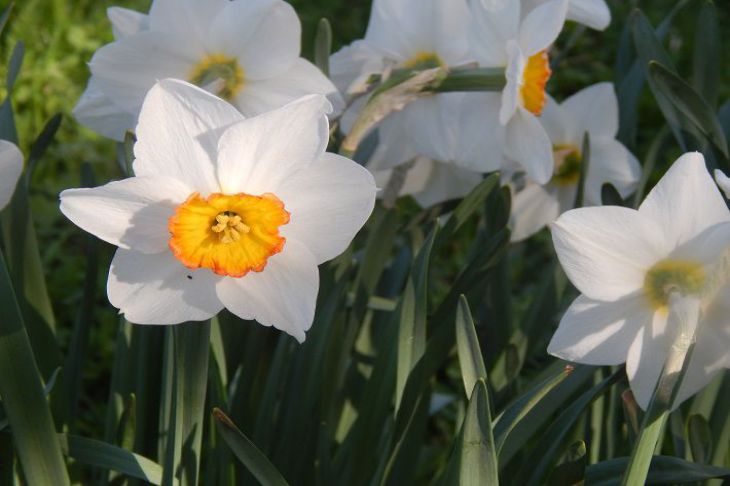Daffodils are beautiful and fragrant flowers that decorate gardens and flower beds in the spring. But in order for daffodils to delight you with abundant and long-lasting flowering, they need proper care and feeding.
It is especially important to feed daffodils after the first shoots appear, when the plants need additional nutrients to form buds and leaves.
How to feed daffodils after the first shoots appear?
There are several types of fertilizers that can be used for this purpose.
Liquid or water-soluble fertilizers
This is the easiest and fastest way to feed daffodils in the spring. You can buy ready-made fertilizers in the store or make them yourself from urea, ammonium nitrate or other components.

Fertilizing daffodils with nitrogen in spring is done by watering the flowerbed with an aqueous solution of fertilizer - 10-15 g / l. This should be done at the beginning of spring, when the first shoots appear from under the ground.
Compost or humus
These are organic fertilizers that enrich the soil with beneficial microorganisms and improve its structure.
Compost or humus can be added to the soil before planting daffodils in the fall or spread superficially around the plants in the spring.
However, you should not use fresh manure, as it may damage the bulbs or attract pests.
Wood ash
This is a natural fertilizer that contains potassium, phosphorus, magnesium and other microelements necessary for the growth and flowering of daffodils.
Wood ash can be mixed with compost or humus or sprinkled on the soil surface around plants. The dosage of wood ash is 100-150 g per 1 sq. m.
By using these fertilizers to feed daffodils after the first shoots appear, you can ensure their healthy growth and beautiful flowering.
Don't forget to also follow other daffodil care guidelines, such as watering, loosening, weeding, pruning, and protecting against diseases and pests.








